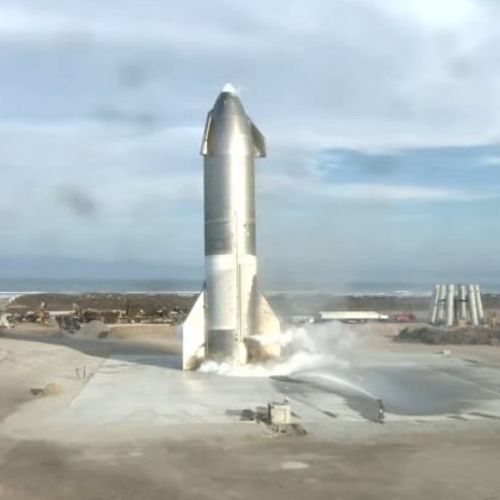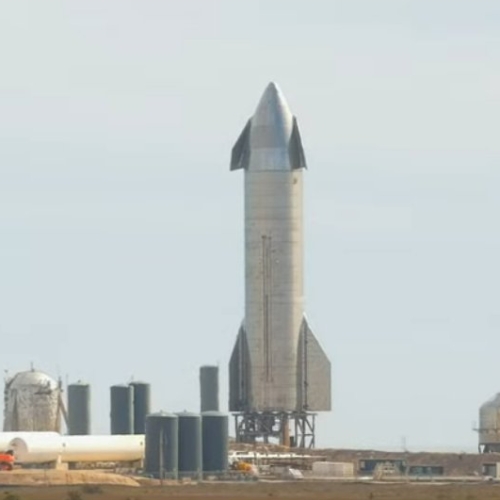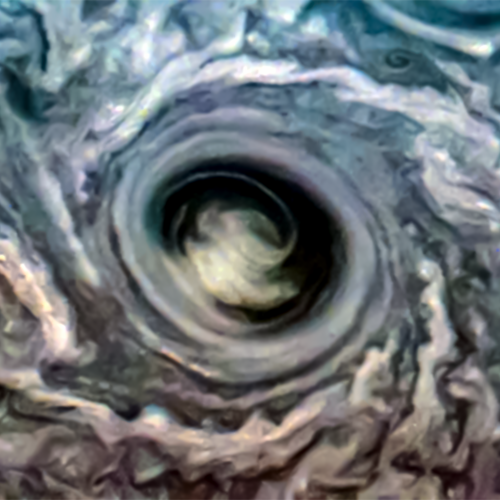NASA lunar rover experiences big budget overruns
NASA revealed yesterday that the budget for VIPER, a new NASA-built lunar rover, has increased from $250 million to $433.5 million.
The cost of the mission has gone up significantly. At the time NASA announced VIPER in October 2019, it projected a cost of about $250 million. As part of the confirmation review, known as Key Decision Point C, NASA set a formal cost commitment for the mission. NASA spokesperson Alison Hawkes said March 3 that the new lifecycle cost for the mission is $433.5 million.
NASA didn’t disclose the reason for the cost increase, but NASA officials said in June 2020 that they were postponing VIPER’s launch by about a year to late 2023 to change the rover’s design so it can meet the goal of operating for 100 days on the lunar surface. At the time, the agency declined to comment on VIPER’s cost.
This is very typical of modern NASA. Even though its planetary program produces some spectacular spacecraft and results, that program — like all NASA-built programs — rarely does so for the budget promised. For the planetary program, however, the overage for VIPER is startlingly high, especially in so short a time.
Be prepared for more delays and overages for this project, since that is usually what happens for NASA projects that experience such large budget increases.
NASA revealed yesterday that the budget for VIPER, a new NASA-built lunar rover, has increased from $250 million to $433.5 million.
The cost of the mission has gone up significantly. At the time NASA announced VIPER in October 2019, it projected a cost of about $250 million. As part of the confirmation review, known as Key Decision Point C, NASA set a formal cost commitment for the mission. NASA spokesperson Alison Hawkes said March 3 that the new lifecycle cost for the mission is $433.5 million.
NASA didn’t disclose the reason for the cost increase, but NASA officials said in June 2020 that they were postponing VIPER’s launch by about a year to late 2023 to change the rover’s design so it can meet the goal of operating for 100 days on the lunar surface. At the time, the agency declined to comment on VIPER’s cost.
This is very typical of modern NASA. Even though its planetary program produces some spectacular spacecraft and results, that program — like all NASA-built programs — rarely does so for the budget promised. For the planetary program, however, the overage for VIPER is startlingly high, especially in so short a time.
Be prepared for more delays and overages for this project, since that is usually what happens for NASA projects that experience such large budget increases.











